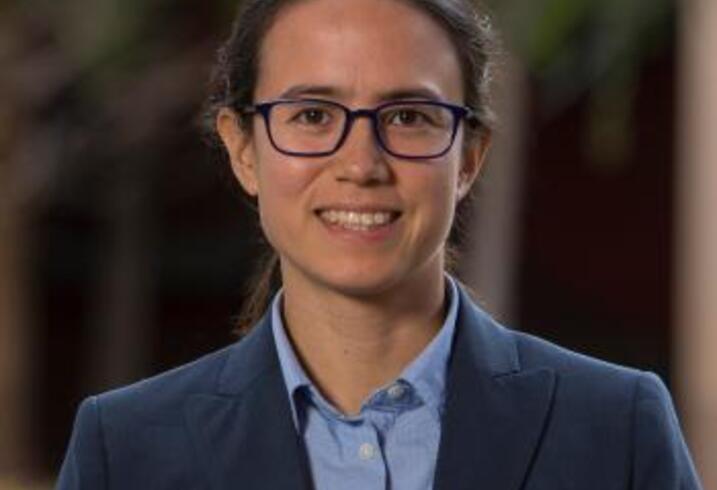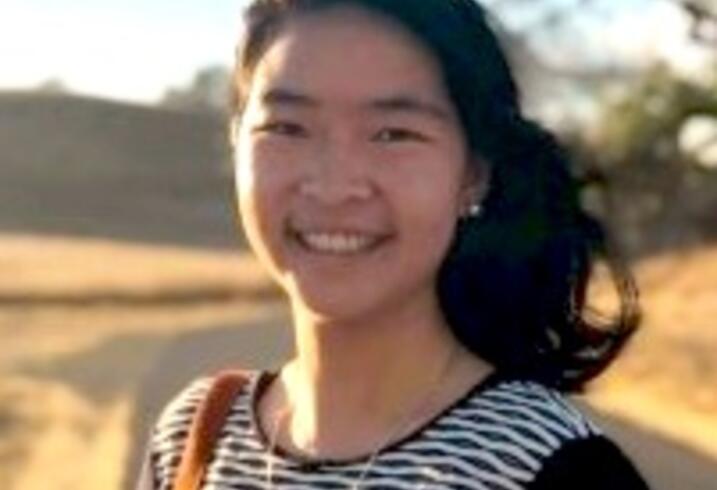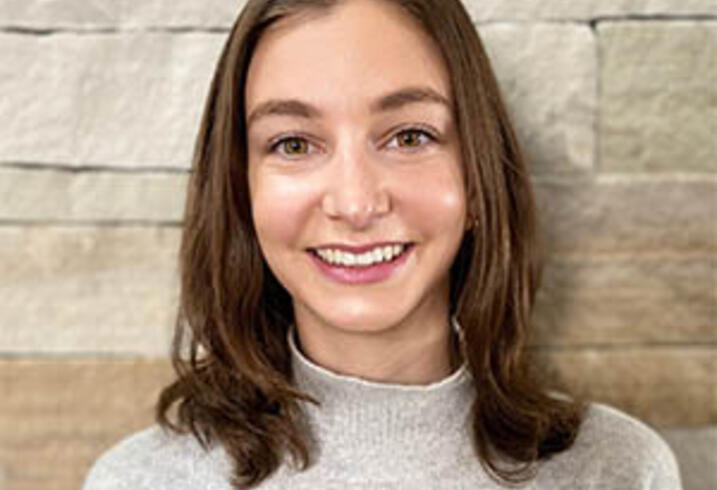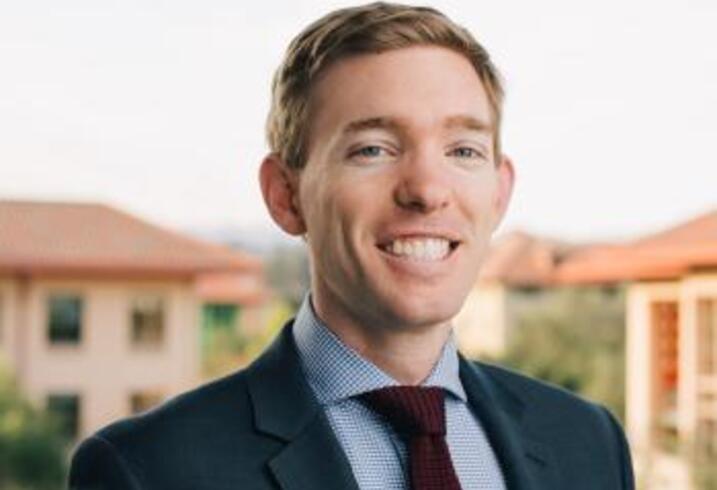A Story One Year in the Telling: the Stanford COVID Modeling Project
A Story One Year in the Telling: the Stanford COVID Modeling Project
The Stanford-CIDE Coronavirus Simulation Model was established in the frightening days when the world was realizing a deadly virus in China would become a pandemic. A look at its accomplishments and projects one year later.

When the World Health Organization declared the coronavirus a global pandemic one year ago today, a team of Stanford Health Policy faculty and researchers swiftly assembled to launch a modeling framework to investigate the epidemiology of COVID-19 and evaluate the policy responses.
A year later, the Stanford-CIDE Coronavirus Simulation Model, or SC-COSMO, remains at the forefront of dozens of projection models in the United States and Mexico, while helping the state of California and its prisons system, hospitals and health-care providers plan for and mitigate the impact of the pandemic. To date, the SC-COSMO team’s work has resulted in a half-dozen studies published in medical journals and open data sites.
The COVID-19 virus infected more than 115 million people worldwide and claimed more than 2.5 million lives in the first year of the pandemic, according to the widely used Johns Hopkins University & Medicine coronavirus tracker. In the United States, the death toll reached well over half a million people by March 1, 2021 — more than any other country in the world.
“The pandemic has continued to evolve as have the policy questions and available interventions,” said Jeremy Goldhaber-Fiebert, PhD, an associate professor of medicine at Stanford Health Policy (SHP). “Basic questions about how quickly the virus would spread in diverse populations were followed by urgent planning for hospital capacity during the surges and then non-pharmaceutical interventions and social distancing question.”
Goldhaber-Fiebert is one of the principal investigators of the project, along with Fernando Alarid-Escudero, an assistant professor at the Center for Research and Teaching in Economics (CIDE) in Mexico, and Jason Andrews, an associate professor of medicine (infectious diseases) at Stanford Medicine. Other SHP faculty among some two dozen investigators on the team are Joshua Salomon, PhD, and David Studdert, LLB, ScD, MPH, both Stanford Health Policy professors of medicine. Studdert is also a professor of law at the Stanford Law School.
“We have had to consider the timing and magnitude of subsequent epidemic waves, what fraction of the population may have acquired natural immunity and what waning immunity might mean. The team has risen to the challenge time after time,” Goldhaber Fiebert said.
In the summer and fall of 2020, the team focused on school re-openings and how to prevent and control outbreaks in state prisons. Since then, team members have been looking at questions regarding vaccination rollout and scale-up, especially in the context of the viral variants that may be threatening yet another surge. Other key analyses have focused on the geographic, socioeconomic and race and ethnic disparities in COVID-19 risk, access, and outcomes.
“The vaccination rollout effort so far suggests that prioritizing interventions based on both individual characteristics and on geographic concentration of risk might help to achieve better outcomes in terms of reducing illness and mortality overall, and reducing disparities,” said Salomon, a senior fellow at the Freeman Spogli Institute for International Studies who heads up the Stanford Prevention Policy Modeling Lab.

The Prisons and Jails Project
One of the team’s first projects was working with county jails and the California Department of Corrections and Rehabilitation to reduce the spread of COVID-19 among the incarcerated.
“Incarcerated people are a particularly vulnerable group: they reside in close proximity, making it difficult or impossible to employ the same disease control measures that are being used in the general population difficult or impossible,” said Goldhaber-Fiebert, who co-leads the prison project with Andrews and Studdert.
Andrews described the work in jails and some of its important milestones to date.
“We partnered locally with county jails in San Mateo and Santa Clara and with California’s prison system,” he said, noting that Stanford students Yiran Liu, who is pursuing her PhD in cancer biology, and Chris Leboa, a recent master's graduate in epidemiology who now works in the Andrews Lab, led a study of infection rates and prevention measures in the jails.
“Incarcerated individuals are heavily impacted by certain measures being taken to prevent spread,” Andrews said. “For example, many of them have had their court dates delayed, they haven’t been able to see their family members in person, and their classes have been suspended. These measures are all taken to protect health, but their impact on mental health and well-being may be underappreciated.”
Goldhaber-Fiebert added that the work in the jails allowed the team to address COVID-19 challenges at a larger scale, using data on over 100,000 men and women incarcerated in California state prisons. Two other Stanford students, Tess Ryckman, a PhD student in health policy, and Elizabeth Chin, a PhD student in bioinformatics, led the work to analyze these data and create high resolution models of transmission and simulate the effects of prevention interventions, including vaccination.
Shortly after the prion project was launched, some 44,000 people in U.S. prisons had tested positive for COVID-19, according to The Marshall Project. That figured skyrocketed to 384,000 by February of this year, with 2,446 deaths.
Through a $1 million gift from the Horowitz Family Foundation, Stanford Medicine established a COVID-19 Emergency Response Fund to support research and prevention strategies to slow and eventually stop the spread of COVID-19 infection in California prisons and jails.

The Golden State
Another big SC-COSMO project is providing the state of California with county-level COVID-19 estimates for such things as infection counts, detected cases and projections of future needs for hospital beds. SC-COSMO modeling is featured in the California COVID Assessment Tool, or CalCAT, which provides assessments of the short-term forecasts of COVID-19 trends and presents scenarios of the course of the disease across the 58 counties in the Golden State.
Instead of relying on one or two projection models — as some countries and U.S. states did when the pandemic first hit — the CalCAT tool incorporates COVID-19 estimates from a number of respected organizations, including Stanford, UCLA, MIT, Johns Hopkins University and the Imperial College of London. The Stanford team provided more than 10 rounds of projections for the state from June through December 2020.
“It’s like using the wisdom of the crowd,” said Goldhaber-Fiebert. “Instead of hanging your hat on one model, you’re looking at a range of predictions to help you plan and forecast — and leverage the whole community of researchers and analysts who are working on this problem.”
The team also looked at more than 1,900 California county and state-level public health orders related to the virus from January 2020 through February 2021, and made the data publicly available on their website, as well as MedRxiv, an open source medical research website for pre-peer reviewed studies and public comment. They also developed a data visualization tool that allows users to easily visualize and compare information within and across counties.
“Stanford’s new health order dataset helps the State of California understand the course of COVID and plan the ongoing response,” said Ryan McCorvie, a statistician working for the California Department of Public Health’s COVID-19 modeling group. “Analysis of the detailed local response in each county can help policymakers across the state judge outcomes effectively.

Partners in Mexico
The Stanford members of SC-COSMO team collaborates with its partners in Mexico, working on strategies to mitigate the pandemic by collecting, synthesizing and openly sharing the most relevant and useful data, while adapting the SC-COSMO model to the Mexican context.
“Having real-world impact requires conducting high-quality analytic work as well as engagement with policymakers and communicating findings in understandable ways to the media and the public,” said Alarid-Escudero. The team in Mexico has helped to inform COVID-19 policymaking in several states, including Hidalgo and Aguascalientes, providing analyses of data on cases, hospitalizations and deaths, as well as projections.
“We also communicated our findings from modeling analyses focused on end-of-year holiday social gatherings, distancing, and implications for school re-opening for the 20 million people living in the Mexico City Metropolitan area,” Alarid-Escudero said. “Shortly, we will be launching an interactive tool with model projections for all of the states of Mexico.”
Team members who led this work include Andrea Luviano, Valeria Gracia, and Yadira Peralta.
Stanford Student Collaborations
The SC-COSMO project has allowed Stanford students to use the modeling and data analytic tools to shed light on important questions about the pandemic.
Marissa Reitsma, a PhD student in health policy, for example, used five years of the American Community Survey of the Census Bureau to map out areas with a high proportion of people at increased risk of being exposed to COVID-19 due to their occupation and housing characteristics. She and her colleagues published their findings in the Journal of General Internal Medicine. Their study found that communities of color may be most susceptible to low vaccine coverage due to long-standing disparities in health care, mistrust fueled by a history of exploitation in clinical trials, and other structural risk factors.
“This study provides hard numbers to what has been acknowledged in public discourse,” Reitsma said. “We hope our study motivates equity-focused policies like support for safe self-isolation, cash assistance, and paid sick leave for low-income individuals that need to quarantine.”
Reitsma also worked with Anneke Claypool, a PhD candidate in management science and engineering, focusing on the fact that Black and Hispanic populations are being hit harder than most by the pandemic due to a variety of socioeconomic and economic reasons. The two students won an early-career grant from the Stanford Center for Population Health Sciences to analyze multiple streams of data, which they are using to evaluate the effects of different interventions and policies in order to identify the most important drivers of racial disparities. They believe their results will help decision-makers prioritize effective interventions to address these disparities. Most recently, their work has been focused on approaches to vaccine access and acceptance that proactively address disparities benefits while also improving population health.










The state of California has made reducing disparities in COVID-19 outcomes and access to services and vaccinations a priority, as suggested in the Stanford study.
“For the team, this past year’s focus on COVID-19 has been very productive but also extremely intense,” said Goldhaber-Fiebert. “We are motivated because timely and rigorous science can be used to protect people’s health and well-being, especially those who are often neglected or are at greatest risk. While we hope the pandemic will soon recede and with it the pace of COVID-19-specific work, we have developed long-term collaborations, tools, and research programs around infectious disease modeling, health in incarcerated populations, and disparities and health equity which will carry on for years to come.”

Jeremy Goldhaber-Fiebert

Fernando Alarid-Escudero

Jason Andrews














